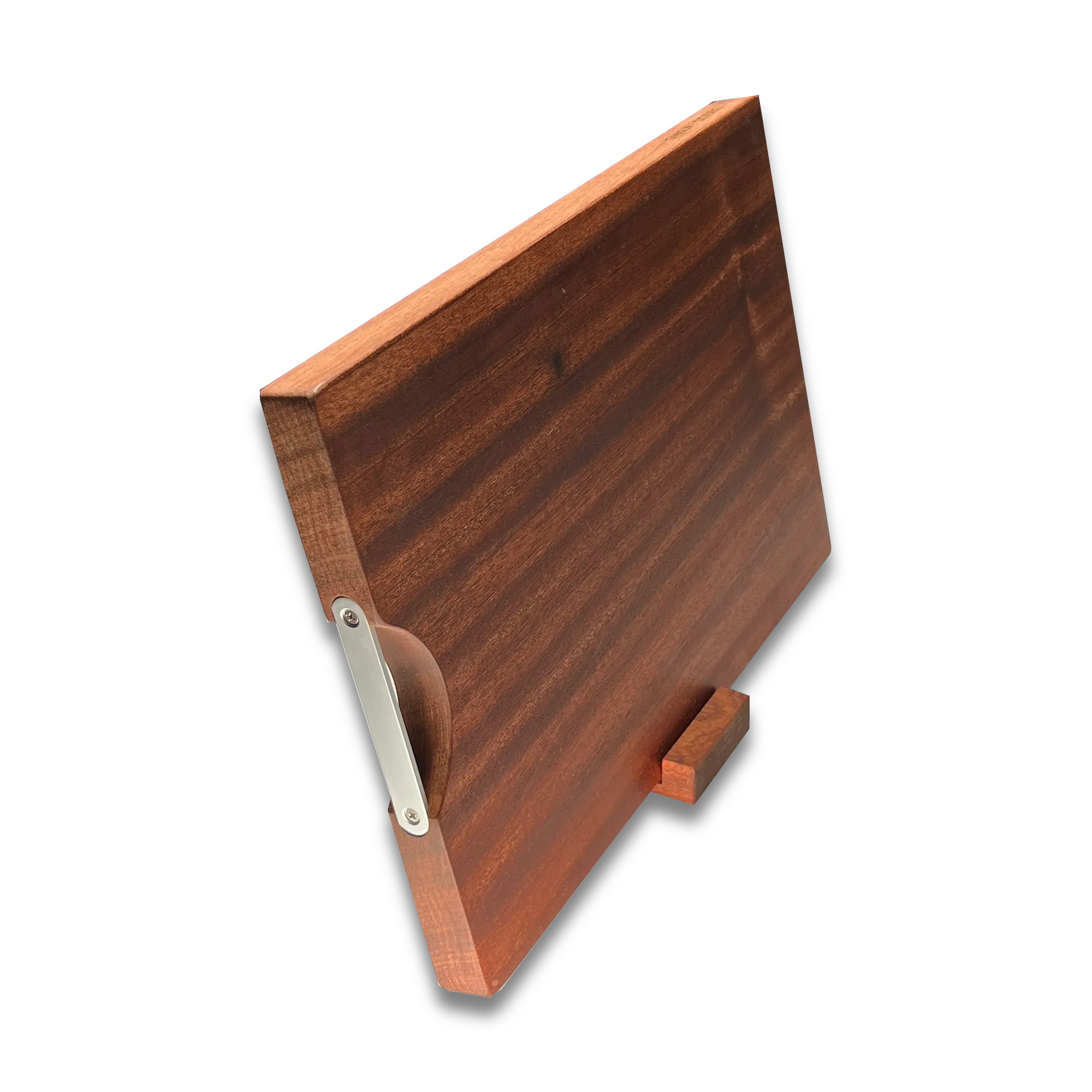
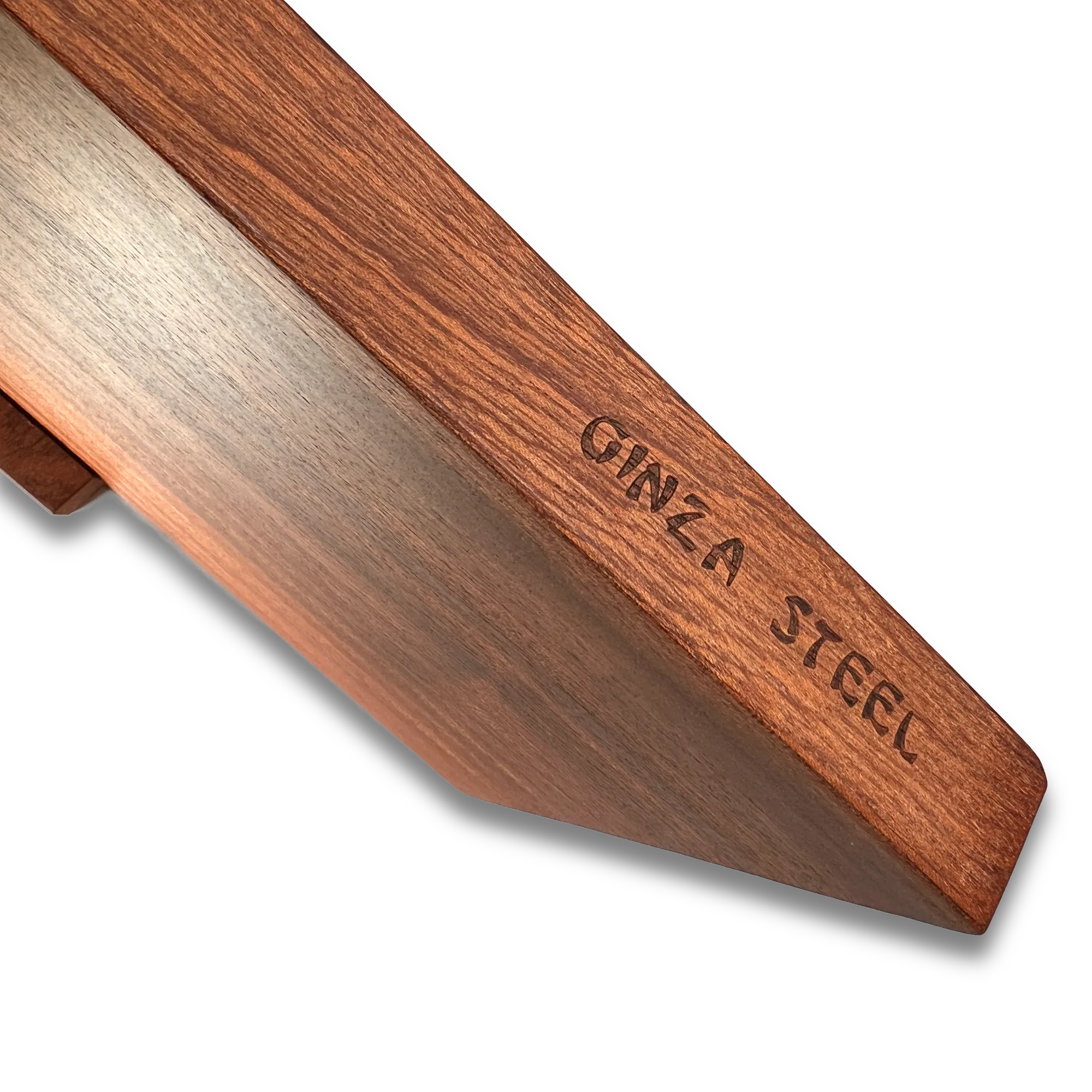
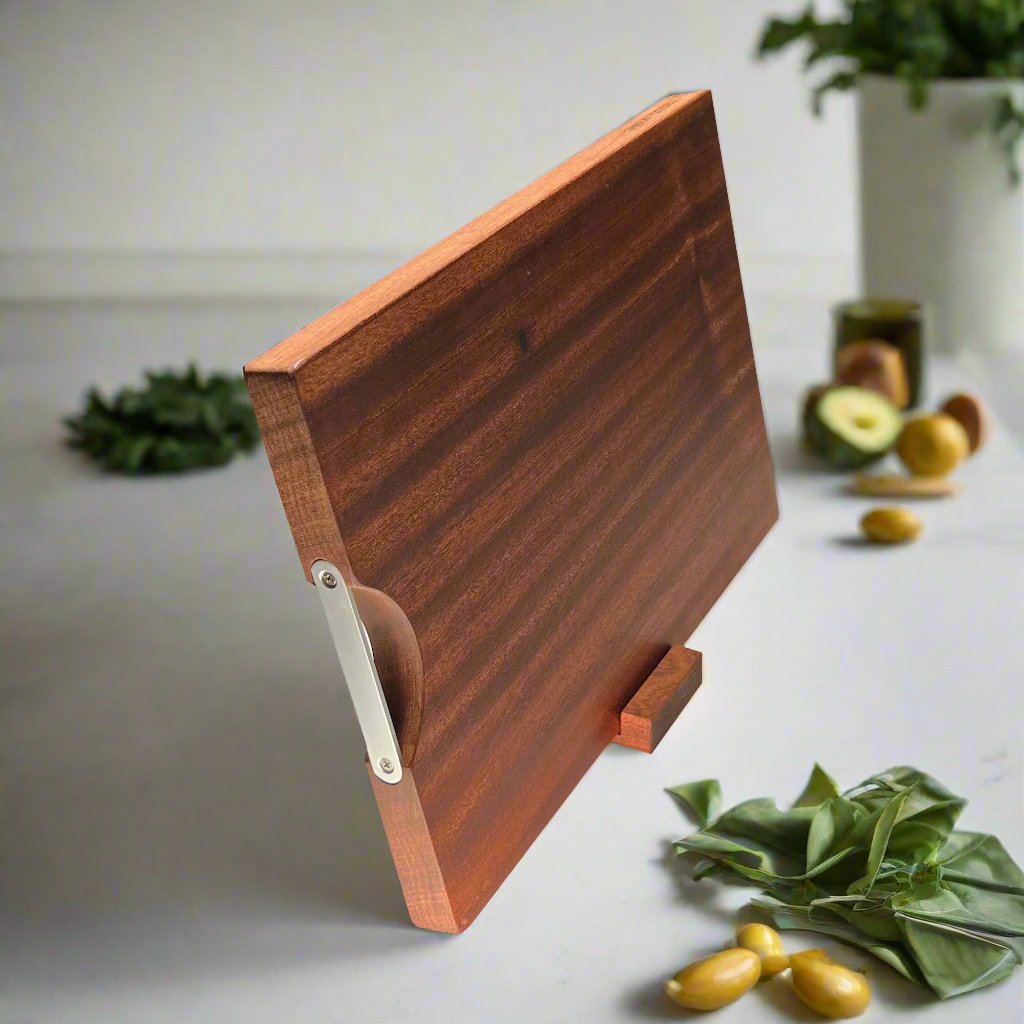
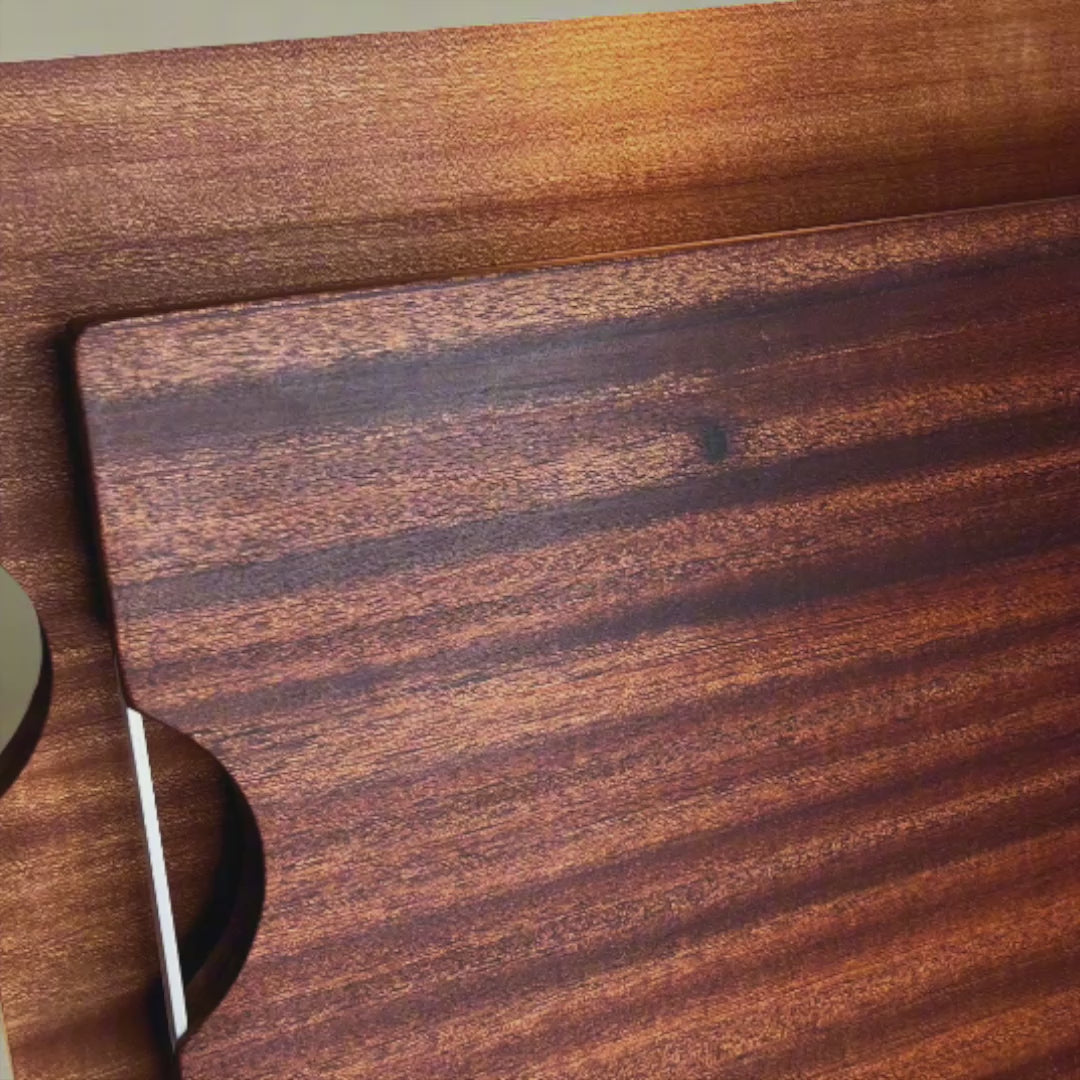
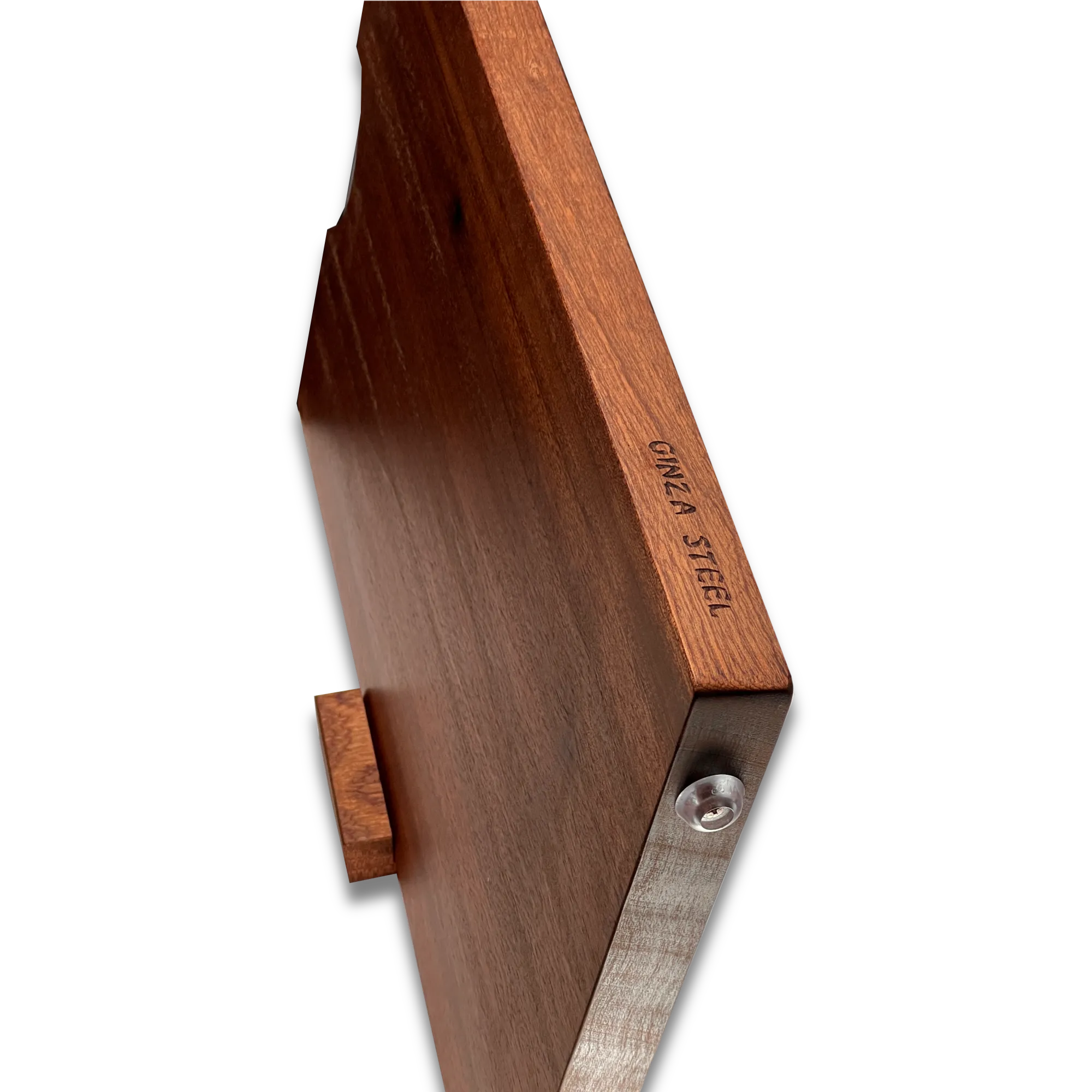
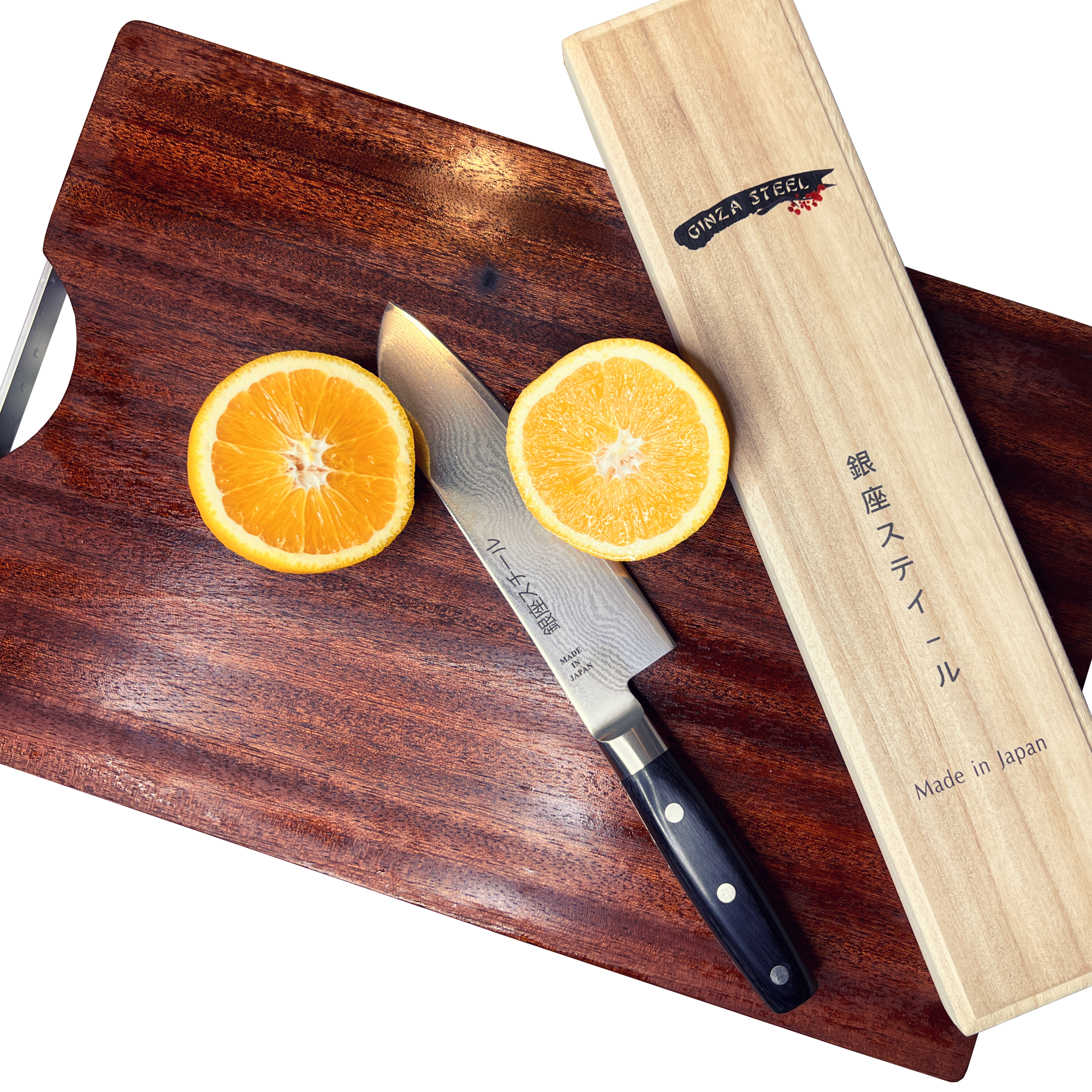
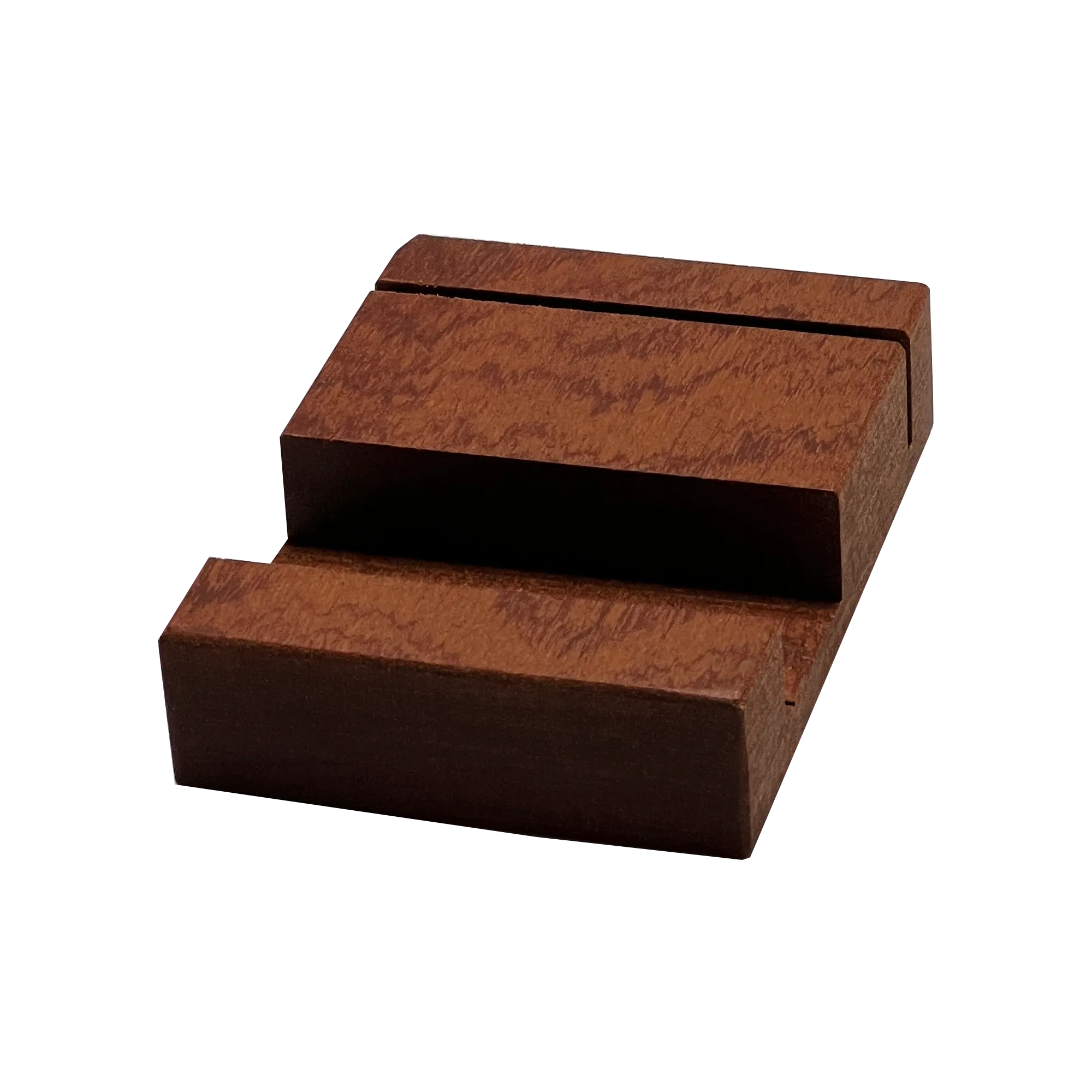
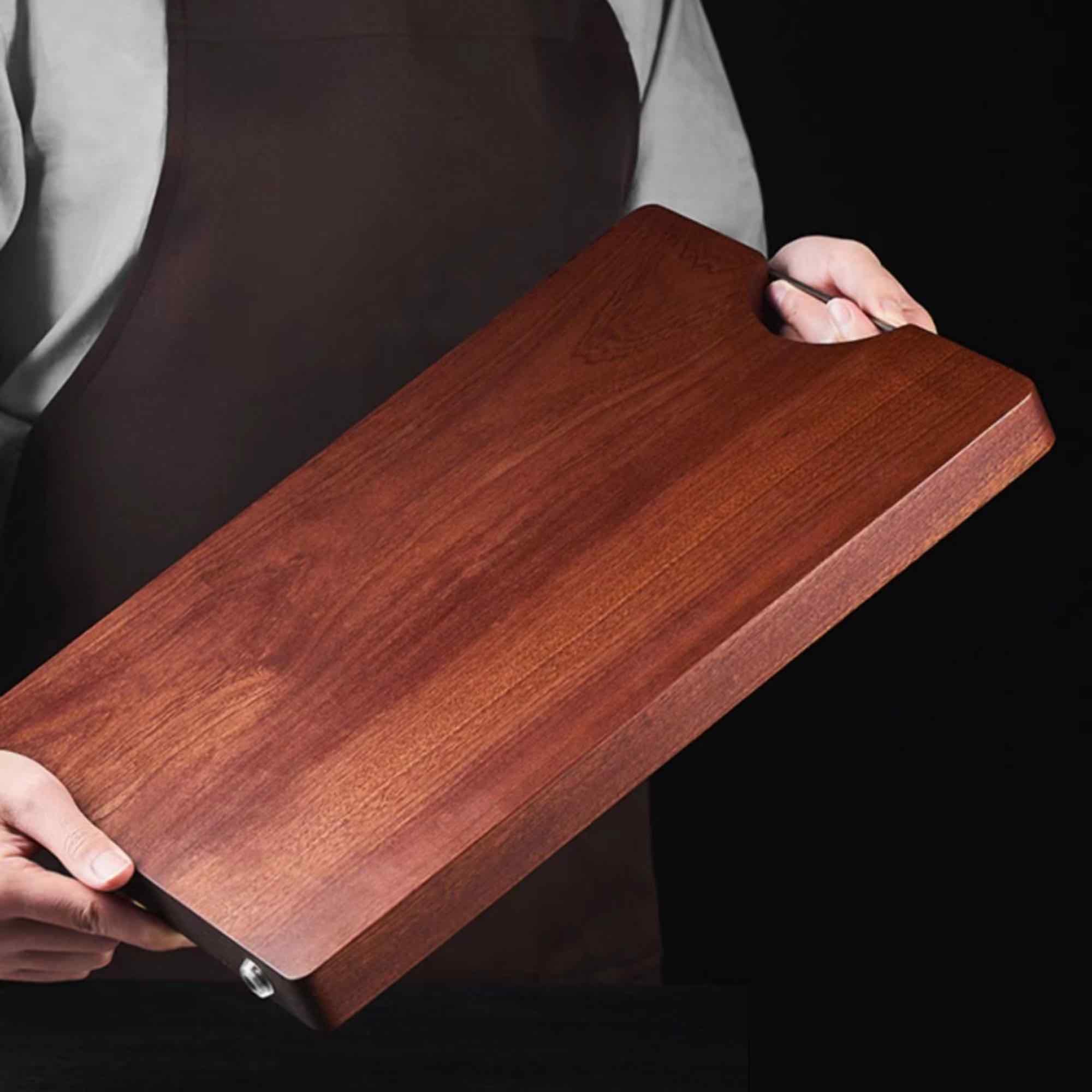
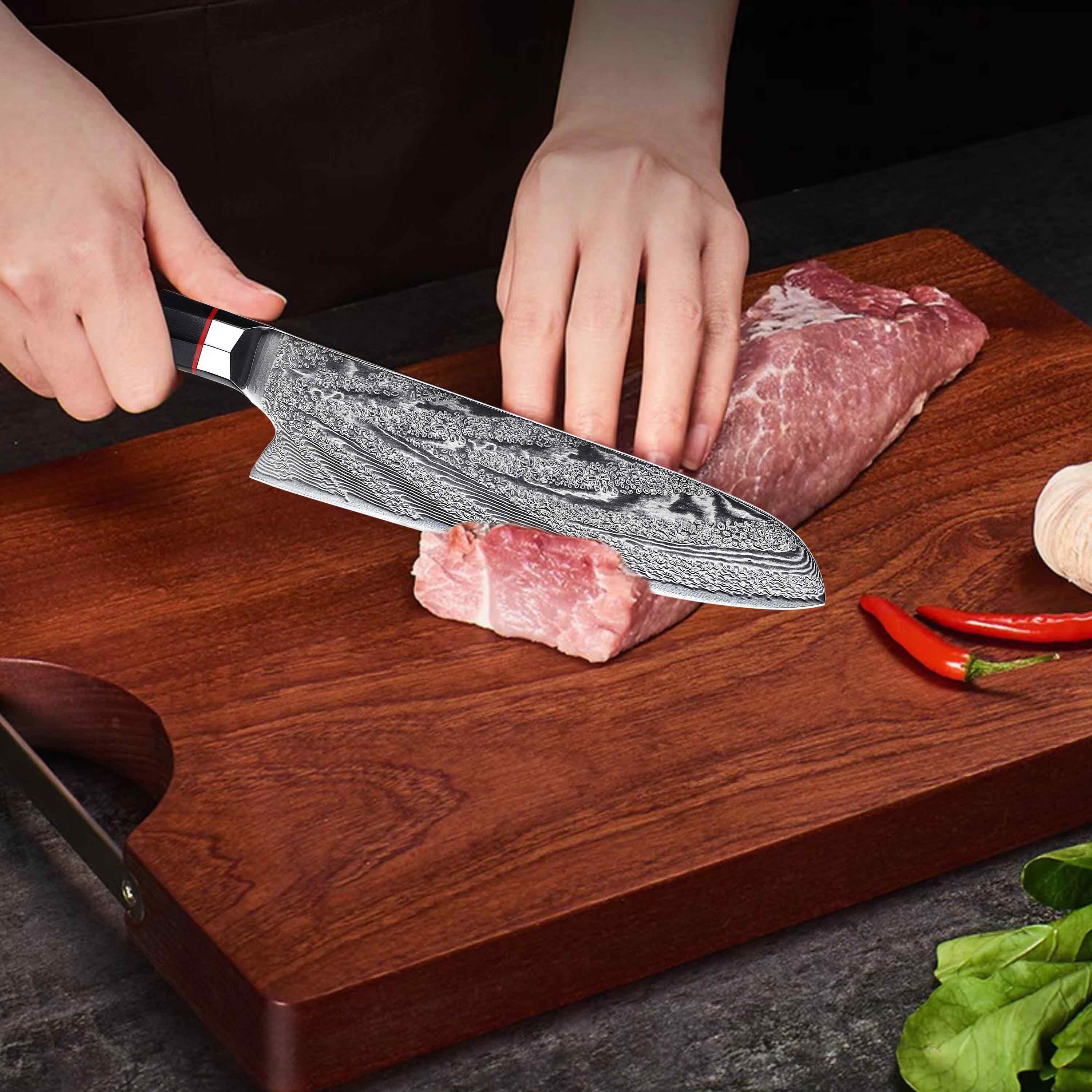

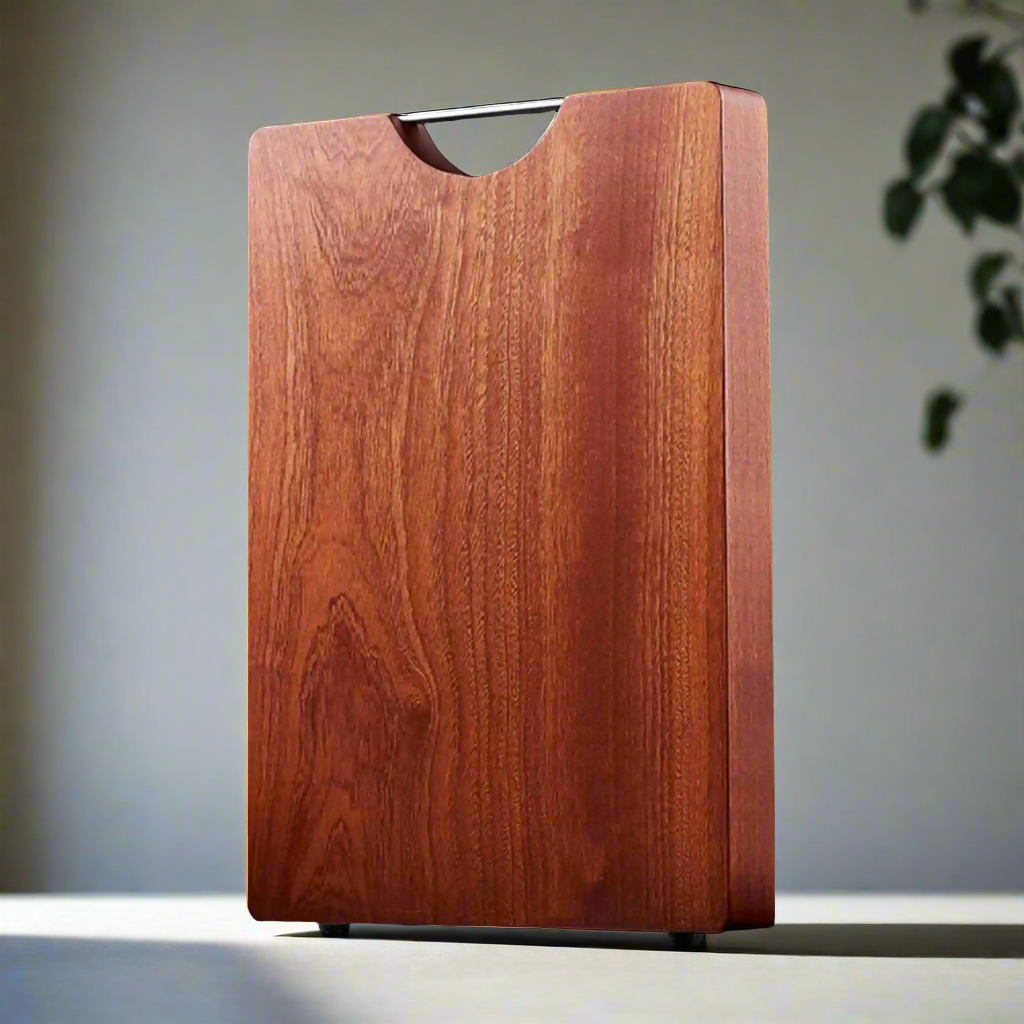
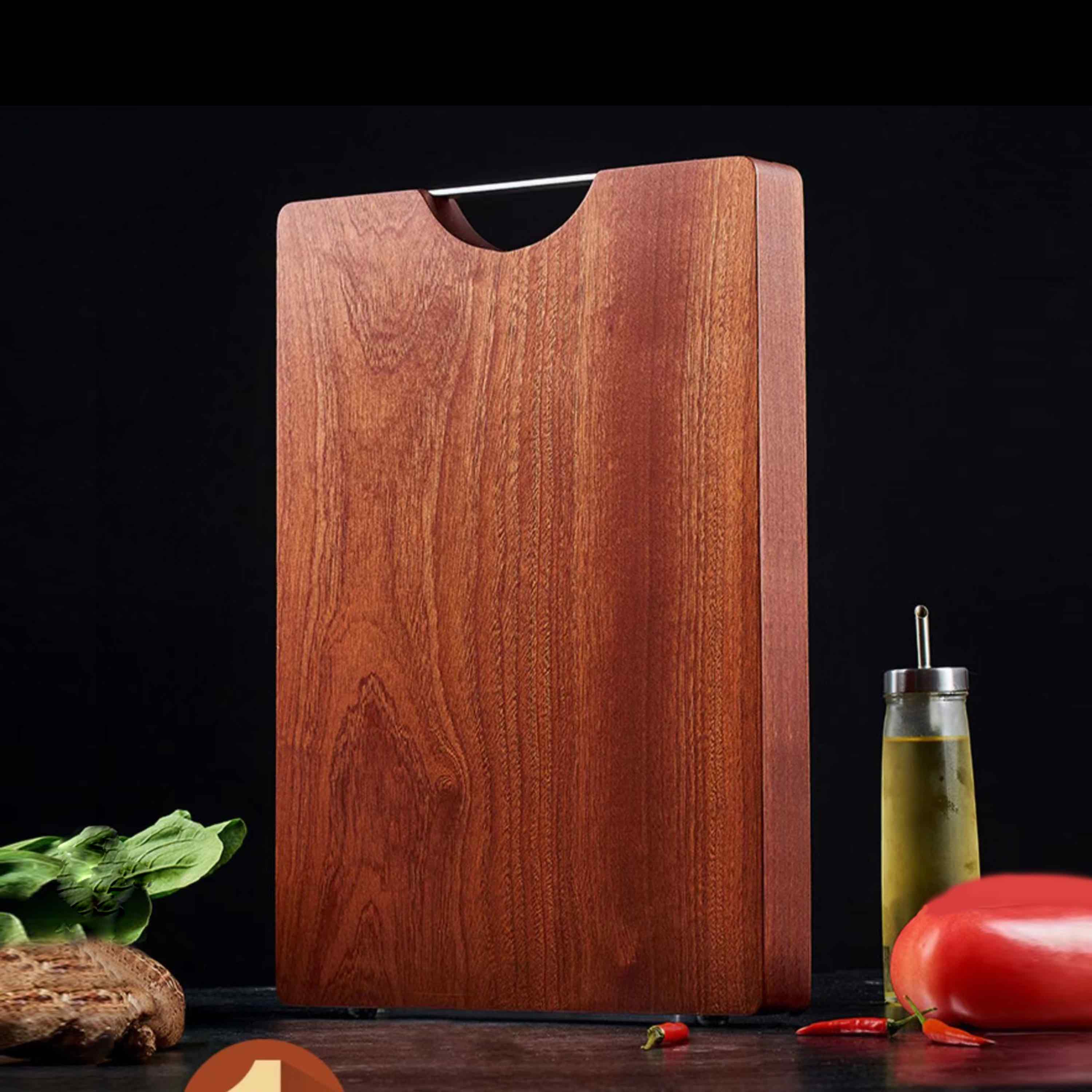
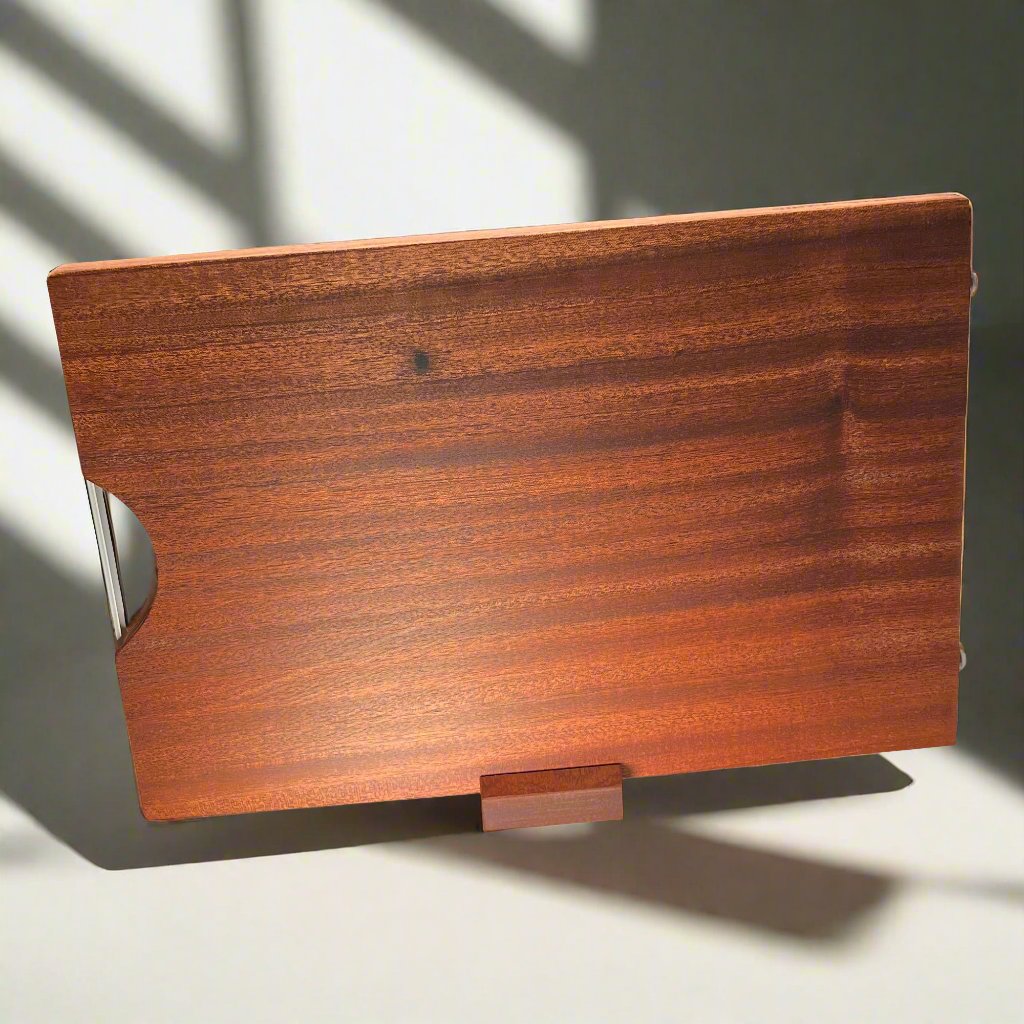
Ginza Pro Cutting Board - Ebony Wood - 50x35x3cm
Dishwasher Safe | No
$119.00CAD
Transform your culinary experience with the Ginza Steel Pro Series Ebony Wood Cutting Board. Made from a single piece of solid ebony wood, this cutting board guarantees superior hygiene and lasting durability. Its spacious dimensions of 50cm x 35cm x 3cm provide ample room for all your culinary tasks. The 304 stainless steel handle adds a touch of elegance and convenience, making it a stylish yet practical addition to any kitchen. Perfect for professional chefs and culinary enthusiasts who appreciate quality and sophistication, this cutting board is a must-have.
Choisir les options













Ginza Pro Cutting Board - Ebony Wood - 50x35x3cm
Prix de vente$119.00CAD
Prix normal$141.00CAD
$119.00CAD

